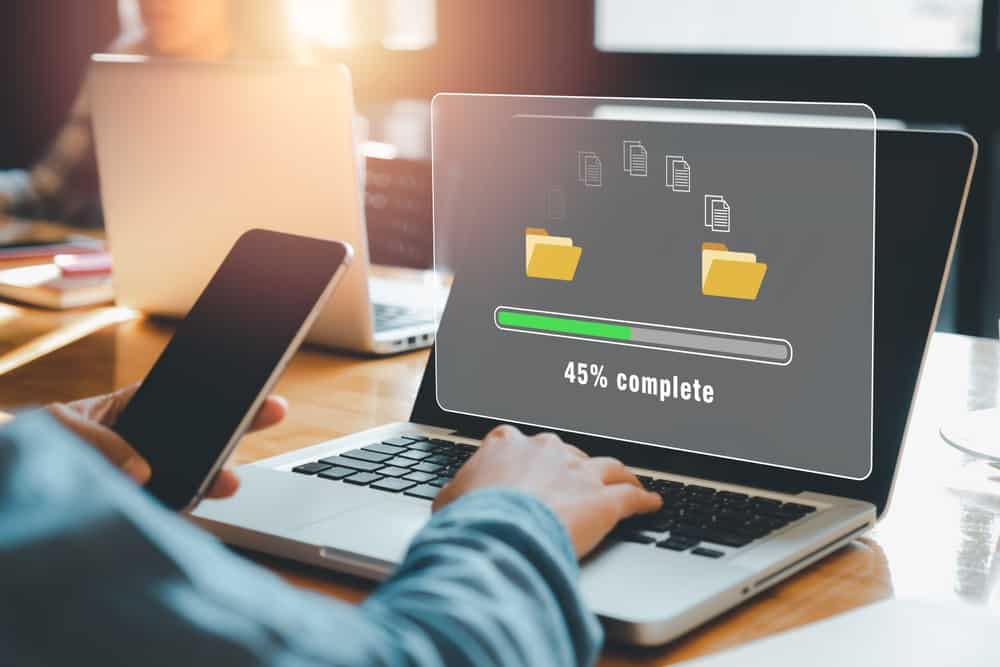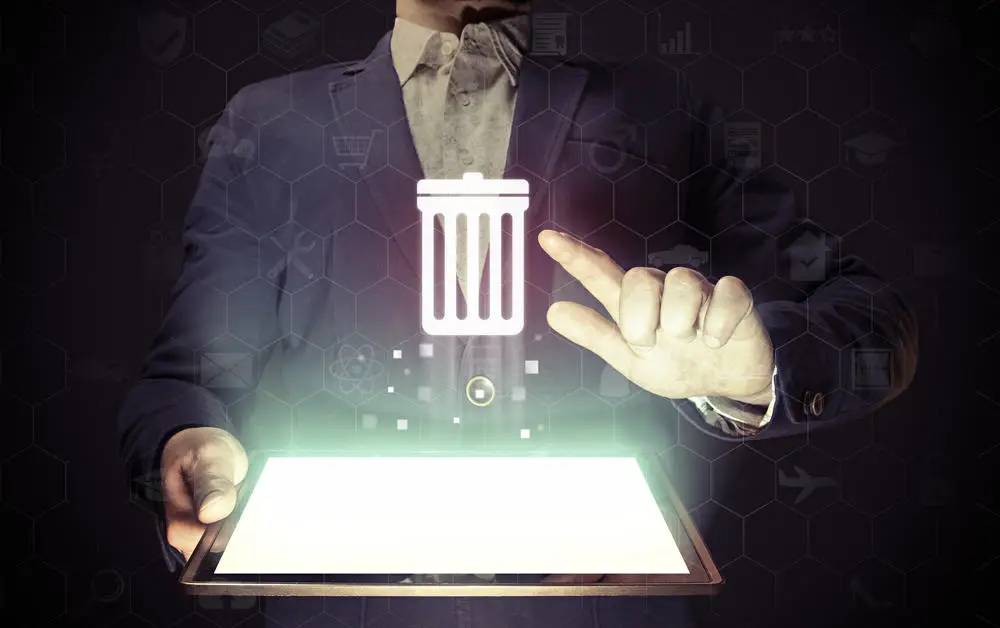Many computer users might experience moments of panic when they are unsure if rebooting their computer system can result in the deletion of their personal pictures or important files.
The fear of losing cherished memories or essential documents due to an unexpected system shutdown can be quite stressful.
To put any doubts to rest, it is crucial to understand the effects of rebooting and how it impacts stored files on a computer system.
Rebooting, also known as restarting, is the process of shutting down and then restarting a computer system. This process is important for fixing software glitches, speeding up slow operating systems, and updating computer hardware and software.
Fortunately, it is not designed to delete personal files, such as photos. In general, rebooting simply shuts down the operating system and then restarts it, allowing the computer to perform more efficiently without removing any stored data.
It is important to have a clear understanding of the differences between rebooting, resetting, and shutting down the computer.
While rebooting is generally safe for saved data, other actions like resetting might result in data loss if not executed carefully. By having a comprehensive grasp of these concepts, computer users can prevent any accidental loss of precious memories and essential files.
Understanding Rebooting and Its Effects
What Rebooting Means
Rebooting refers to the process of reloading the operating system of a computer, allowing it to start up again. This action is often necessary after a computer crash, which may happen due to a malfunction or a hardware driver issue.
By rebooting, the computer can reset, and in many cases, this action resolves various software and hardware problems. Importantly, rebooting your computer does not typically lead to a loss of personal data like pictures, documents, and more.
What Happens During a Reboot
During a reboot, the computer goes through a series of steps that involve shutting down the operating system and restarting it. This process begins with closing all running applications; any unsaved work may be lost during this step.
It’s essential to save your work before rebooting to prevent the loss of your data.
Next, system processes are terminated, culminating in the shutdown of the operating system. At this point, the computer’s hardware components are re-initialized, allowing the operating system to start from a clean state. Finally, the operating system is loaded once again, and the computer is ready for use.
As indicated in the Wise-Answer article, rebooting a computer does not delete everything stored on it. Instead, it allows the computer to restart and get back to working normally.
This process may resolve various types of issues, such as software glitches and hardware malfunctions, but it will not delete personal data such as pictures and other digital files.
Rebooting and Your Files

How Files Are Stored
Files on a computer, including pictures, are generally stored in non-volatile memory, such as a hard drive or solid-state drive. This type of storage retains data even when the computer is powered off.
In contrast, data on a computer’s RAM (Random Access Memory) is volatile memory, which is lost when power is removed during reboot or shutdown.
Rebooting’s Impact on Picture Files
When you reboot your computer, it does not delete your pictures or any other files stored in the non-volatile memory. What gets deleted during the reboot process are the temporary files and data currently running on the RAM.
Rebooting can help improve your computer’s performance by clearing up the unnecessary data in the system’s memory and allowing for a fresh start.
Pictures and other files stored on your hard drive or solid-state drive remain intact during the reboot process. It is important, however, to save any unsaved work before rebooting the computer, as any unsaved data still in RAM will be lost.
In brief, rebooting your computer will not impact your stored pictures or other important files, provided those files have been saved properly.
Data Loss Scenarios and Solutions
Accidental Deletion
Accidental deletion of photos from a computer is quite common. This may happen due to human error or mistakenly hitting the delete button.
In such cases, the deleted files are usually stored in the Recycle Bin or Trash until they are permanently deleted. To recover accidentally deleted photos, users can check their respective Recycle Bin or Trash folder and restore the files from there.
Corrupt Files or System Crash
Sometimes, data loss occurs due to a system crash or corrupt files. This can be a hardware problem, a software issue, or a consequence of a sudden power outage.
As a result, the computer may not boot properly, or the files may become inaccessible, including pictures.
It is essential to have a backup and use antivirus software to protect your computer from potential threats and minimize the risk of corrupt files and system crashes.
Recovering Deleted Pictures
Recovering deleted pictures can be achieved using various methods. If the pictures are not in the Recycle Bin or Trash, users can try a system restore by following these steps:
- Go to Control Panel > System and Security > Backup and Restore (Windows 7).
- Click the Restore my files button.
- Browse for files > choose the backup that contains the deleted pictures > click Next.
- Select a place to store the recovered pictures > click Restore. (source: ubackup.com)
In case of data loss due to a temporary profile, users can try restarting their computer several times to see if their data is restored, as suggested in the Microsoft Community.
Alternatively, users can employ third-party data recovery software, like Stellar Data Recovery, which can help recover lost or deleted data from various devices, including computers, hard drives, SSDs, SD cards, and USB flash drives (Interesting Engineering).


2 thoughts on “Does Rebooting Your Computer Delete Pictures? Debunking the Myth”
Comments are closed.